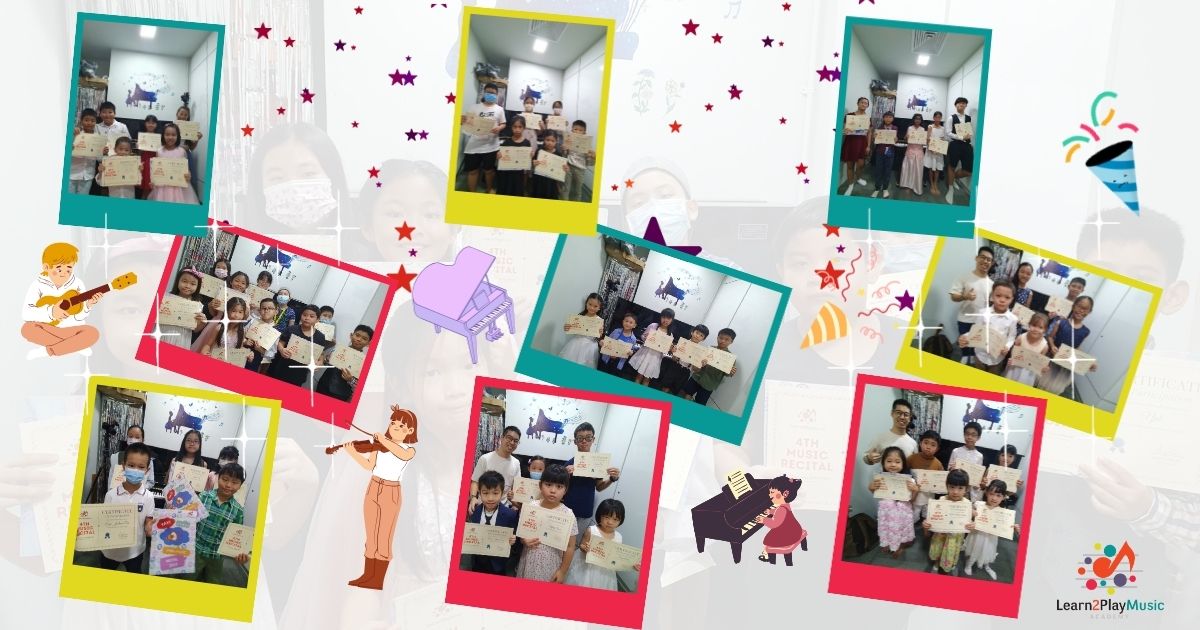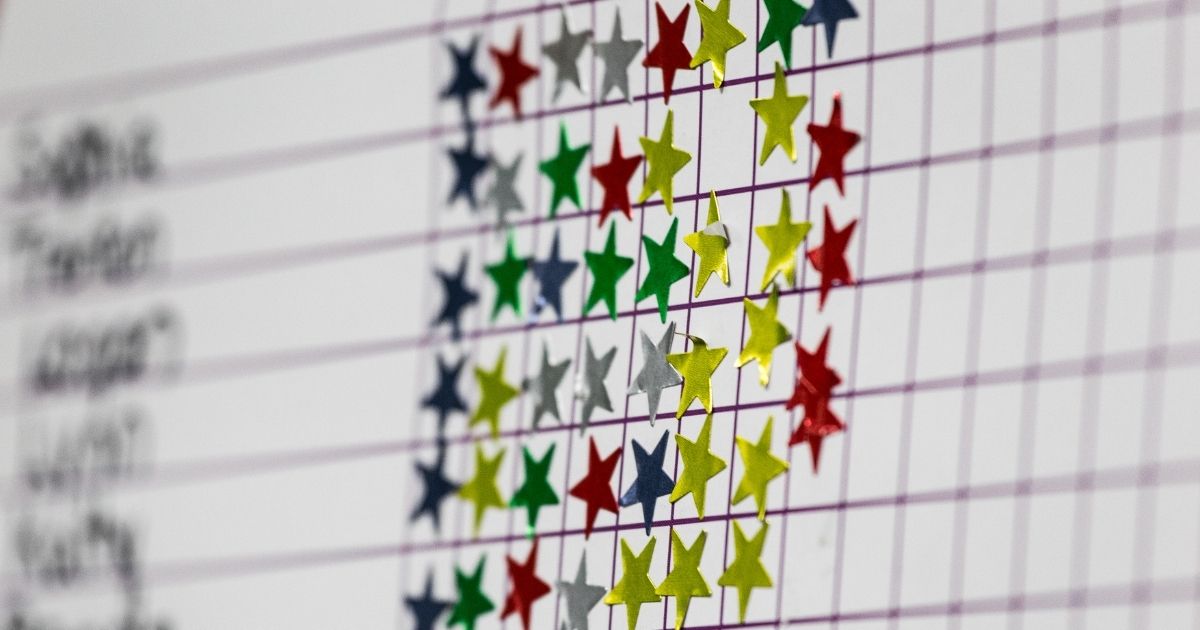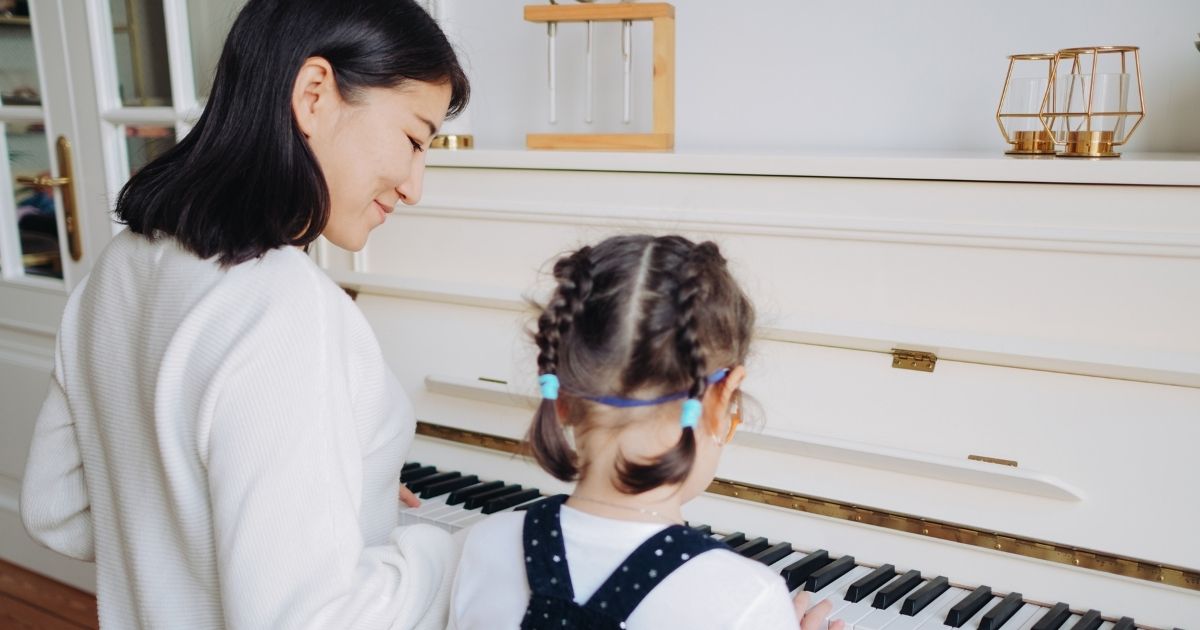|
|
Back to Blog
Music is a powerful tool for nurturing creativity, discipline, and cognitive development in children. To ensure a fulfilling musical journey for your child, setting realistic goals is key. In this guide, we will explore the significance of goal-setting in music education and provide practical tips on how to measure and celebrate your child's progress. Why Set Goals in Music Lessons?Setting goals in music lessons offers a myriad of benefits for young learners. It instills a sense of achievement, fosters motivation, and provides a roadmap for improvement. As parents, understanding the value of goal-setting can profoundly impact your child's musical experience. Understanding Your Child's Musical Interests and Abilities:Before embarking on goal-setting, it's crucial to understand your child's musical preferences and strengths. Tailoring goals to align with their interests ensures a more engaging and enjoyable learning experience. Setting Specific and Achievable Goals:Work with your child's music teacher to establish objectives or learning goals for your child's musical development. Break down larger musical objectives into smaller, achievable milestones. For example, rather than a broad goal like "learn a music piece," set specific targets like "mastering the first verse by the end of the week." Monitoring and Adjusting Goals:Regularly check in on your child's progress and be ready to adjust goals accordingly. Recognize when a goal needs modification and maintain open communication with your child's music teacher to align home and lesson goals for a cohesive learning experience. Encouraging Practice and Consistency:Establishing a conducive practice environment at home is essential. Encourage consistent practice by making sessions enjoyable and rewarding. For instance, incorporate playtime after the practice session. Celebrating Milestones:Celebrate both small and big milestones, reinforcing the idea that each step forward is a significant accomplishment in the musical journey. Beyond material rewards, consider offering positive feedback, encouragement to celebrate children's achievements in music, fostering intrinsic motivation and a positive learning environment. Explore opportunities for your child to showcase their progress through musical performances at home or within the community. In the symphony of your child's musical journey, setting realistic goals acts as the conductor, guiding the melody of growth and accomplishment. Stay actively involved, provide support, and adapt as needed to ensure a fulfilling learning experience for your child.
If you already have children learning music, we would love to hear about your experiences in setting and achieving musical goals with them! Comments are closed.
|



